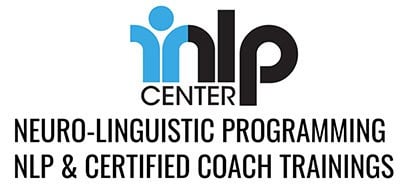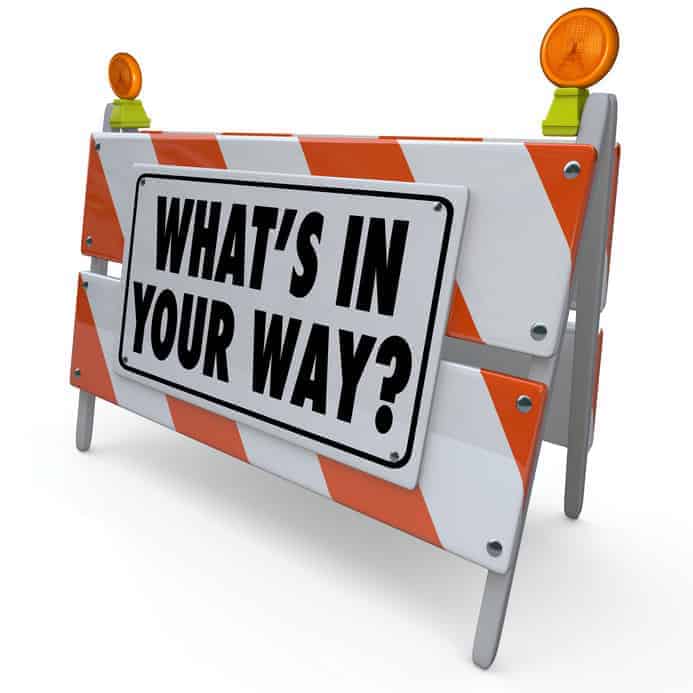This is a guest post from Duff McDuffee, an NLP trainer with the iNLP Center.
The amount of new technology that has come about in the past 30 years is astounding. As a result, our lives have changed dramatically.
Yet millions of people in the U.S. alone suffer from various fears and anxieties. Even those of us who don’t suffer enough to be diagnosed with an “anxiety disorder” still experience unwanted and unhelpful feelings of fear from time to time.
Despite all this new hardware and software technology, the technology of effective personal change is still relatively unknown.
The thing is, when you learn NLP, your whole way of seeing the world changes. What appears to others like unsolvable problems will appear to you as totally changeable! For example, here’s a description of a woman with a phobia of flying, taken straight from the National Institute of Mental Health website:
I’m scared to death of flying, and I never do it anymore. I used to start dreading a plane trip a month before I was due to leave. It was an awful feeling when that airplane door closed and I felt trapped. My heart would pound, and I would sweat bullets.
When the airplane would start to ascend, it just reinforced the feeling that I couldn’t get out. When I think about flying, I picture myself losing control, freaking out, and climbing the walls, but of course I never did that.
I’m not afraid of crashing or hitting turbulence. It’s just that feeling of being trapped. Whenever I’ve thought about changing jobs, I’ve had to think, “Would I be under pressure to fly?” These days I only go places where I can drive or take a train. My friends always point out that I couldn’t get off a train traveling at high speeds either, so why don’t trains bother me? I just tell them it isn’t a rational fear.
Source: http://www.nimh.nih.gov/health/publications/anxiety-disorders/complete-index.shtml
If you aren’t NLP trained, it’s probably not immediately obvious to you what you would do to help this person. So take a moment to ask yourself this question: what is her fear of flying strategy? How does she get herself to feel afraid when she flies?
Fear doesn’t just happen.
We make pictures in our minds (visual), tell ourselves things (auditory), and imagine doing things (kinesthetic) and then we feel fear. This is the VAK model in NLP, how we represent things inside in terms of visual, auditory, and kinesthetic information. We have specific strategies for doing things, both things we benefit from like our strengths, and things we’d rather not have like fears.
There is nothing broken about the person mentioned above. She is simply representing things in her mind in a way that makes her afraid. Her brain is working perfectly. Just as the high tech gadgets in our lives often frustrate us when we input the wrong information or do it in the wrong sequence, we don’t get the results we want.
Have you figured out how she does her fear of flying strategy yet? There are actually a number of things I could point out, but I don’t want to ruin it for you, so I’ll just give you one:
When I think about flying, I picture myself losing control, freaking out, and climbing the walls, but of course I never did that. I’m not afraid of crashing or hitting turbulence. It’s just that feeling of being trapped.
Here is her strategy, laid out in plain sight for anyone with NLP-trained eyes to see…
To make herself afraid, she pictures herself losing control, freaking out, and climbing the walls in a plane, and then feels a feeling of being trapped. To change her strategy she could do a number of things. For instance, she could imagine herself sitting there calmly, breathing deeply and fully, or maybe enjoying the company of someone sitting next to her. In fact, doing anything different would be a good start!
There are more NLP gems in the paragraph above. Can you spot them?
For instance, what anchors fire off this strategy for her and give her the feeling of being trapped? Which questions would you like to ask to get more information about how she does what she does?
Exercise: Think of something that makes you afraid or anxious. If you were going to teach your “anxiety strategy” to someone else so that they could fill in for you and get anxious in your place, what would be the first step, and the second, etc…
When you get trained in NLP, you start to spot this stuff everywhere! NLP training is like upgrading your mind to the latest high-tech software, giving you the ability to see solutions where other people have no clue what to do, both when interacting with others and when working on your own personal development. To learn more about 1-on-1 NLP training with me, Duff, you can click here now: https://inlpcenter.org/duff/



